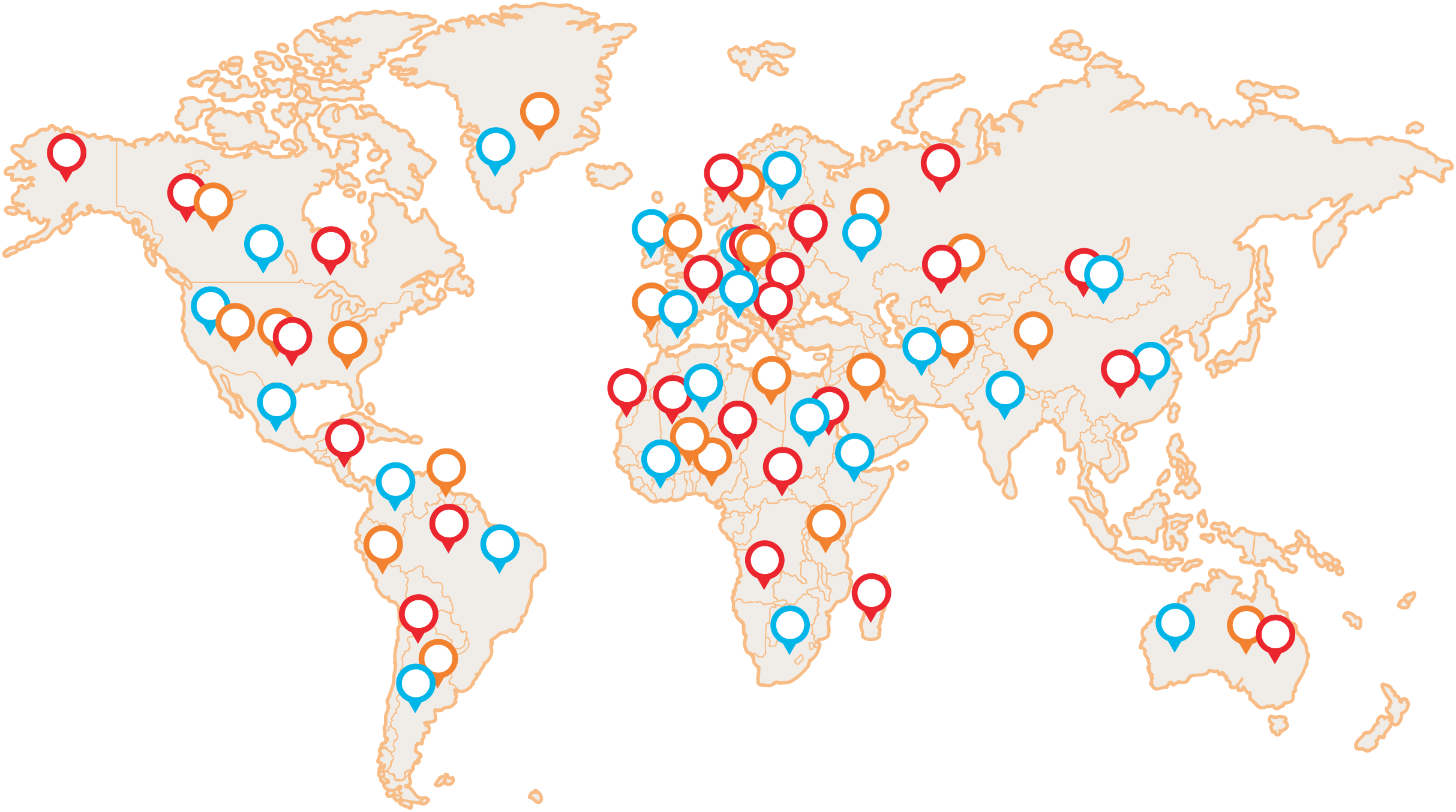Categories: digestion, respiration, gynecology, psyche, nerves, insomnia, senses, acute attack, hidden pathogen, fatigue, urology, metabolism, oncology, prevention, anti-aging, detox, Liver system, Spleen system, Lung system, immunity.
Recipe use according to traditional Chinese medicine:
-harmonizes and relaxes the Shao Yang section.
-harmonizes the Liver and Spleen
-relaxes the Liver and clears the Heat
-promotes "proper" Qi, especially Spleen Qi
-expels pathogens, even the "hidden" ones
-transforms phlegm
Description:
This is a classic blend by Zhang Zhong Jing from the early 3rd century AD, one of the most commonly used in Chinese medicine. Why? It affects both acute conditions, from external attack, and chronic conditions, involving the internal organs. Even a special group of diseases caused by a so-called "hidden pathogen". The mixture promotes the "proper Qi" and excludes the pathogenic one, from the common cold to conditions where there is a disturbance of immunity, inflammation or fever of unknown origin.
-harmonizes and releases the Shao Yang compartment attacked by external harmfulness. The Shao Yang is represented by the pathway of the gallbladder and the three radiators. What is interesting about it is that it is exactly midway between the significant layer of defensive energy on the surface and the Yang Ming or Qi layer at the depth. It is therefore said that the affliction of Shao Yang is "neither internal/ nor external." It manifests itself in symptoms from the surface - chills, shivering, aching all over the body, as well as high fever up to 40°C caused by struggling in the largest and richest layer. The states of intense cold and intense heat alternate regularly. Other symptoms are pain in the lower ribs, enlargement of the lymph nodes, a feeling to vomit or a bitter taste in the mouth. Thus is manifested inflammation of the biliary tract, the pelvis of the Kidney, the lower part of the Lungs, or even jaundice or malaria. It also includes acute flare-ups of certain infections, for example, in young children who suffer from recurrent otitis media (this can be classified under the so-called hidden pathogen, see point 3). In general, Xiao Chai Hu Tang is widely used in the treatment of children, especially for recurrent infections.
-relieves the stagnation of Liver Qi, which together with a weak spleen causes digestive disorders such as fullness in the abdomen and lower back, lack of appetite, nausea or even fatigue and fluctuations in blood sugar. Modern diagnoses may include gastritis, ulcers or oesophageal reflux. For these problems, it is mainly used in men because it has an excellent effect on the Qi mechanism. It is actually a "male" variant of Xiao Yao San, which better affects the blood and is mainly administered to women.In women, the mixture is mainly used to regulate menstruation, where Liver Qi tightness causes it to be irregular, and to produce premenstrual tension and painful blockages. It is especially indicated for heat in the uterus and Chong Mai with chills and fever, which arise regularly around menstruation.In connection with Liver blockage, it is also used for mood changes, irritability and various nervous disorders, when insomnia, anxiety, headaches and nerve pains, or other seemingly "unexplained" symptoms are added to Shao yang symptoms.
-The Hidden Pathogen is a chapter in itself. A person gets attacked by some acute infection (viruses, bacteria, chlamydia, borrelia, etc.), some of it gets cured, but some of it gets withdrawn into deeper layers. The Shao Yang is precisely the compartment where harmfulness likes to "hide" - the courses of its pathways are, moreover, "very tortuous". It depends very much on the state of our energy and immunity. Just exhaustion or stress is enough - and the pathogen manifests itself as a new outbreak of infection, or as chronic fatigue, aching all over the body, a feeling of increased temperature - in short, a feeling "like something is crawling on me...". Western diagnostics often fail to detect the hidden pathogen and the patient is sent home as healthy. Xiao Chai Hu Tang can "pull" or vent the pest to the surface, where it can manifest as a common cold. We can do this without any problems and the hidden pathogen will never return.
Newly, Xiao Chai Hu Tang is also used in the treatment of allergies.
Indications:
-chronic inflammation anywhere in the body (especially in the digestive system)
-recurring or recurring problems
-recurrent otitis media
-pins and needles in the tonsils
-acute infectious diseases
-coughs, especially in children, of long duration and/or recurrent
-alternating hot and cold (fever and chills)
-feeling of fever and/or fever of unknown origin
-dry throat, thirst
-"hidden pathogen"
-autoimmune problems
-liver protection and regeneration
-support of bile production
-pain, fullness and/or distention (stretching) in the chest and hips (rib and lower rib area)
-distention (distension) in the abdomen
-reflux and heartburn
-nausea and vomiting
-bitterness in the mouth
-jaundice
-abdominal pain
-difficult urination
-constipation
-irritability and restlessness
-mood swings
-feeling down
-frequent yawning or finding it difficult to take deep breaths
-tiredness and exhaustion
-decreased intake of food and drink, disinterest in food
-migraine and/or dizziness
-tinnitus
-palpitations
Modern Uses:
-hepatitis, both chronic and acute
-hepatic fibrosis and liver cancer
-jaundice
-cholecystitis (inflammation of the gallbladder)
-gallstones
-pancreatitis
-nephritis
-angina
-common cold
-influenza
-stomatitis
-bronchitis
-pneumonia
-cough
-allergic rhinitis
-asthma
-reflux esophagitis
-gastritis
-constipation
-morning sickness in pregnant women
-postpartum fever and infections
-premenstrual syndrome
-painful menstruation
-chlamydial infections
-malaria
-chronic fatigue syndrome and immune stimulation
-depression
-migraine
-dizziness
-menier syndrome
-anti-cancer effects and radioprotective effects
-elevated cholesterol and blood fats
Language:
-different color and coating
Pulse:
-xian (stringy)
Contraindications:
-in those who have excess above (e.g., heat) and deficiency below (e.g., empty cold
-insufficiency of the Yang on the Kidneys)
-Liver fire or bleeding gums
-to be used with caution in Liver Yang rise, hypertension or vomiting of blood in Yin deficiency and generally in people with Yin and/or blood deficiency
Remark:
A widely used and very safe and useful mixture when properly indicated, possible to combine with others according to symptoms and difficulties.
The blend excellently supports the body in fighting infection, both acute and chronic. Very useful even when we have not treated it or "crossed over" and still do not feel well, or the infection returns after reactivation of the "hidden pathogen".
Ingredients of the recipe:
|
Edit by
|
Chinese
|
Czech
|
Latin
|
|
Sheng
|
Chai Hu
|
Chinese knotweed, marigold
|
Rad. bupleuri
|
|
Jiu
|
Huang Qin
|
Baikal coneflower, root
|
Rad. scutellariae
|
|
Fa
|
Ban Xia
|
rhizome of triple pinellia
|
Rhiz. pinelliae
|
|
Sheng Shai
|
Ren Shen
|
Ginseng
|
Rad. ginseng
|
|
|
Da Zao
|
jujube
|
Fruc. jujubae
|
|
Zhi
|
Gan Cao
|
licorice, root
|
Rad. glycyrrhizae
|
|
 Vital mushrooms PRO (17)
Vital mushrooms PRO (17) MyTao Edition (14)
MyTao Edition (14) Vital Mushroom Extracts (25)
Vital Mushroom Extracts (25) Combination of mushrooms and herbs (18)
Combination of mushrooms and herbs (18) Traditional recipes (5)
Traditional recipes (5) BIO vital mushrooms powder (9)
BIO vital mushrooms powder (9) Syrups (12)
Syrups (12) Dried vital mushrooms (6)
Dried vital mushrooms (6) Honey products (5)
Honey products (5) Vitamins (4)
Vitamins (4) BIO green food (2)
BIO green food (2) Other (3)
Other (3)

